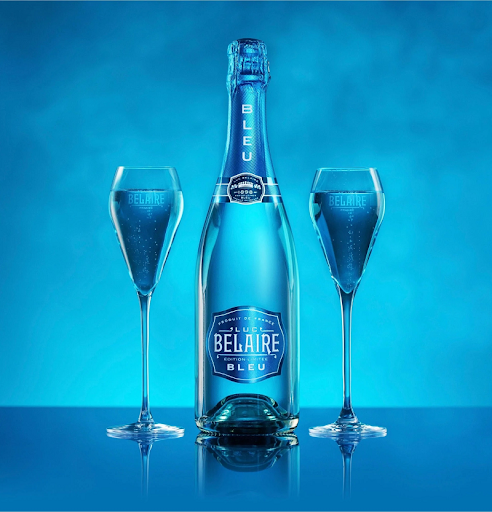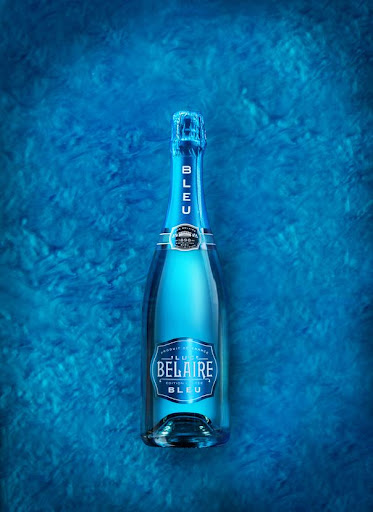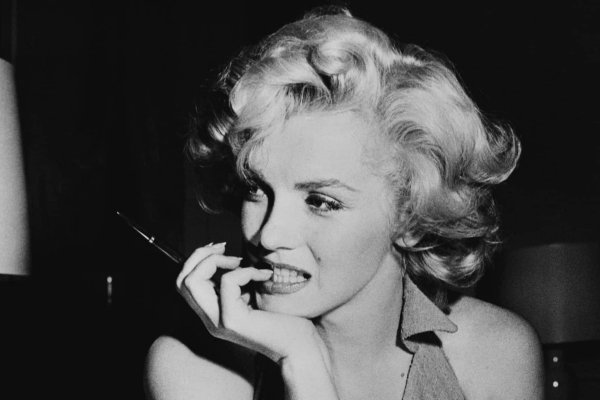In the wine departments of elite alcohol stores some time ago it was possible to buy only classic drinks presented in the white, red, and pink assortment. All of them are the product of a classic recipe, the traditions of which have been passed down from generation to generation for many years. It is logical that all these wines are made from grapes of a certain color. But recently the wine world was blown up by a novelty – Bleu Belaire champagne. This sparkling wine has an unusual blue color. It became a product of the introduction of innovative technologies into the traditional culture until that time. Progress around the world is making huge strides, so why shouldn’t it affect winemaking?
Where does Belaire Bleu champagne get its color from?
No chemicals, only natural pigments. They are contained in the same grapes. Most of them are in the skins of red varieties. It is they who paint the berries in this color. It sometimes appears deep blue or even purple. The intensity of wine coloring depends on how much pigment is included in the recipe.
It was anthocyanins that became the secret ingredient of Bleu Belaire champagne. The Luc Belaire winery went to the final recipe for a long time in order to achieve such a delicate, blue, even slightly turquoise hue. According to legend, the creators of this champagne were inspired by the sea of the Cote d’Azur of France.
As soon as this sparkling wine appeared, many thought that its color was the quality of Belaire Bleu bottle. Only by pouring champagne into glasses can you understand how unusual and unique its color is. But the originality of this drink is manifested not only in an unusual color.

Belaire Bleu champagne – what does blue champagne taste like
In addition to the color, Belaire Bleu champagne will definitely attract connoisseurs of good drinks with its taste. Fruit is the dominant note in this sparkling wine. It is thanks to this that blue champagne received a second name – fruity. If we compare blue wine with white and red, then it is closer to the first. Blue champagne is light and delicate. It’s refreshing, and perfect for iced cocktails.
Fruity notes add sweetness, but just enough so that sparkling wine does not pass into the category of dessert. Tastes of raspberry, cherry, and exotic passion fruit – all of them are guessed in the bouquet of blue champagne from Luc Belaire.
Another innovative solution – Belaire Bleu bottle
The design of the bottle draws attention. Its main feature is transparency. Even before opening an innovative drink, you can already enjoy its color. This decision was made by the manufacturing company to emphasize the originality of this unique wine. Such a comparison of tradition and progress, classics and innovations.
What foods can be served with Bleu Belaire champagne
Each connoisseur of wine has two ways – either to buy wine for an already compiled menu or to select a menu for an already selected wine. If we talk about blue champagne, then it is better to use the second option.
Blue wine will grab all the attention at the table. Trying to enjoy its taste, guests will not be particularly fond of snacks.
It is believed that blue champagne goes best with seafood. Mussels, oysters, lobsters, and any choice of seafood will go well with this drink.
Also, a good match for fruit-flavored sparkling wine is cheeses. Spicy aged or young with a delicate taste, any cheese plate is suitable for such a drink.
The combination of champagne and rice may seem unexpected. Especially if you cook paella with seafood. If we are already talking about rice and seafood, then blue sparkling wine can be served with sushi, it will go well with the dish to taste.
And finally – pasta or pasta. Despite the fact that Belaire Bleu champagne is a French product, it fits very well into Italian cuisine. You can choose any type of pasta, serve it with sauce, foie gras, or just with cheese, a glass of blue wine is the perfect complement to such a dinner or lunch.
And of course, fruit wine can be served with desserts, chocolate, ice cream, and fruits.
Blue Champagne from Luc Belaire has already been called a revolution in the wine world. Nevertheless, it finds more and more admirers even among lovers of classic wines. This means that the manufacturer has something to work on, and how to surprise connoisseurs of intoxicating drinks in the future.





